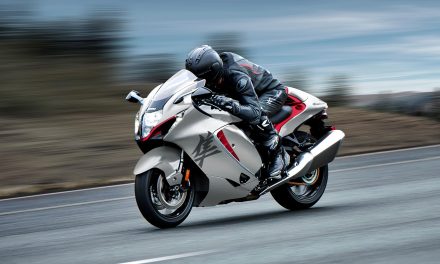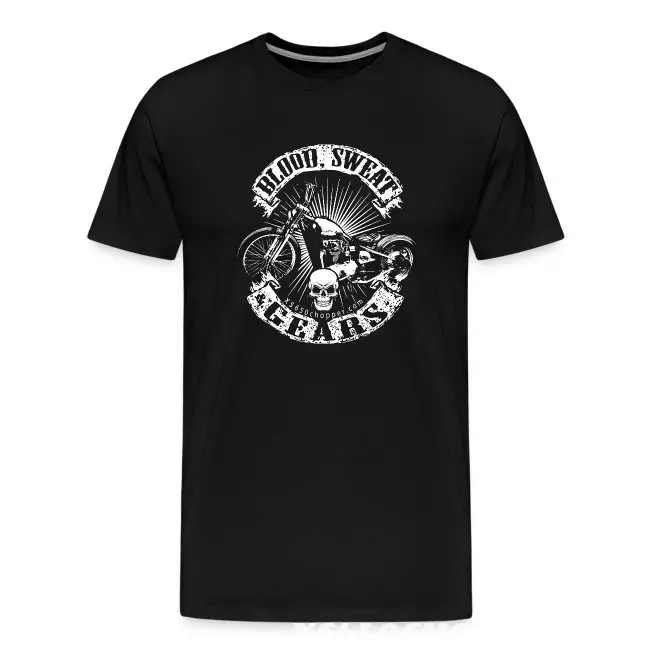Motorcycle enthusiasts often debate the merits and mechanisms of clutchless shifting compared to the use of quickshifters. Clutchless shifting involves changing gears without the use of the clutch, relying instead on precise timing and throttle control to engage gears smoothly.
This method can be beneficial for experienced riders who seek a more engaged riding experience and can result in faster shifts. On the other hand, quickshifters are advanced electronic devices that take gear shifting to a new level of convenience and speed. They allow riders to shift gears rapidly without manually operating the clutch or adjusting the throttle, which can improve the motorcycle’s performance and create a more seamless riding experience.
The quickshifter technology is increasingly popular in modern motorcycles, leveraging sensors and fuel management systems to achieve instant gear changes. This advancement has found its roots in motorcycle racing, where every fraction of a second counts, but has now become accessible to everyday riders. While both methods aim to improve the gear changing process by omitting the traditional use of the clutch, they cater to different riding styles and preferences. Riders interested in the technical aspects of their motorcycles might find exploring these shifting techniques to be a worthwhile experience that could enhance their riding skills and enjoyment.
Key Takeaways
- Clutchless shifting and quickshifters enhance gear changes for different riding preferences.
- Quickshifters use technology for instant shifts without manual clutch operation.
- Both methods omit traditional clutch use, aiming to refine the riding experience.
Understanding the Motorcycle Clutch
In the world of motorcycling, the clutch plays an essential role in the operation of the gearbox and the overall riding experience. Understanding its functionality is key for smooth gear transitions and effective bike handling.
The Role of the Clutch in Motorcycles
The clutch in a motorcycle is a critical component that engages and disengages the power from the engine to the transmission. It allows riders to seamlessly shift gears up or down, maintain control during stops, and provide gradual power delivery. Without the clutch’s ability to facilitate these transfers, changing gears would be harsh and potentially damaging to the motorcycle’s drivetrain.
How a Clutch Works
A motorcycle’s clutch operates on a series of friction plates and steel plates stacked alternately inside the clutch assembly. When a rider squeezes the clutch lever, springs in the clutch are compressed, causing separation between the friction and steel plates. This separation disconnects the engine from the transmission, allowing for gear shifts. Upon releasing the lever, the springs extend and press the plates together, reconnecting the engine’s power to the rear wheel. The intricate dance of plates and springs is crucial for smooth and controlled movement.
Clutchless Riding
In the motorcycle community, clutchless riding refers to a technique used by some riders for changing gears without utilizing the clutch lever, relying instead on throttle control and timing.
What Is Clutchless Shifting?
Clutchless shifting is a method by which a motorcycle rider changes gears by carefully matching the engine speed to the transmission speed for the desired gear. They do this by momentarily easing off the throttle and shifting at the precise moment when the load on the drivetrain is minimal, allowing the gear to slip into place without using the clutch lever.
Pros and Cons of Clutchless Riding
Pros:
- Increased Speed: Allows for quicker gear changes.
- Less Fatigue: Can reduce rider fatigue by eliminating frequent clutch use.
Cons:
- Risk of Damage: Improper technique can lead to transmission wear.
- Not for Beginners: Demands skill and timing, potentially overwhelming new riders.
Appropriate Scenarios for Clutchless Riding
Clutchless shifting might be suitable during spirited riding like track days, where quick gear changes are beneficial. Conversely, it’s often not recommended in stop-and-go traffic where greater control and smoothness are required for rider and motorcycle safety. Additionally, clutchless shifting is generally not advised for downshifting, as it can destabilize the motorcycle.
Quickshifting Mechanics
Quickshifters have revolutionized motorcycle gear changes by providing seamless upshifts without using the clutch. They not only improve performance through faster gear changes but also enhance riding smoothness.
How Quickshifters Function
Quickshifters allow for clutchless upshifting by momentarily interrupting power to the engine. When the rider activates the quickshifter by tapping the gear lever, it sends a signal to either cut the spark or fuel for a split second. This interruption in power reduces the load on the drivetrain, making it possible to engage the next gear smoothly. On modern motorcycles, fuel interruption is commonly used, but for bikes with carburetors, spark interruption is the method of choice.
Benefits of Using Quickshifters
The use of quickshifters comes with several benefits:
- Speed: Gear changes are much quicker compared to traditional methods.
- Performance: Reduced shift times can lead to better acceleration.
- Convenience: Enhances the riding experience by allowing the rider to focus more on the road and less on the gear lever.
- Protection: Decreases mechanical wear on the gearbox through smoother shifts.
Installation and Setup
To fit a quickshifter, it’s typically plugged directly into the motorcycle’s fuel injection system. Installation varies by make and model but generally involves mounting the sensor on the shift rod, connecting to the ignition system, and sometimes to the bike’s ECU. Proper calibration is key for the quickshifter to function correctly, which might include setting the kill time (the length of the fuel or spark interruption) and sensitivity to the gear lever’s pressure.
Comparing Clutchless and Quickshifting
When exploring the methods of gear changing on motorcycles, two prevalent techniques come to mind: clutchless shifting and quickshifting. Both have their unique attributes regarding performance, rider experience, and mechanical impact.
Performance Implications
Clutchless Shifting: This method allows riders to change gears without utilizing the clutch, generally during upshifting. It can lead to faster gear changes, resulting in minimal interruption of power to the rear wheel. However, it requires precise timing to avoid transmission damage.
Quickshifting: Quickshifters, as electronic devices installed on motorcycles, manage gear changes with an automatic ignition cut or fuel interruption. They are designed for optimal performance, permitting nearly instantaneous shifts without throttle release, which can improve lap times and acceleration.
Riding Experience
Clutchless Shifting: Skilled riders may favor clutchless shifting for the involved and “raw” riding experience it provides, although it might take time to master the technique.
Quickshifting:
Quickshifters streamline the shifting process, making for a smoother and less physically demanding ride. It is especially beneficial during aggressive riding, such as on track days, where focus and precision are crucial.
Mechanical Considerations
Clutchless Shifting: Regular clutchless shifting can potentially lead to increased wear on the motorcycle’s gearbox, especially if the shifts are not executed perfectly each time.
Quickshifting: While quickshifters can also strain the transmission over time, they generally provide more consistent and measured gear changes. They are designed to work with the bike’s ECU for optimal shifting and, if of high quality, should not significantly increase mechanical wear when used appropriately.









